
Earlier this month I gave a talk at the AAM Annual Meeting & MuseumExpo on the impact presidential executive orders are having on our sector, and the implications for museum business models. Short version: not pretty, some bright spots, and with the prospect of profound long-term disruptions. Attendees’ encouraging response to the talk prompted me to share the content more widely as a series of posts here on the CFM blog.
While the overall message is sobering, I don’t want to be a museum Cassandra, prophesying economic doom. I hope that sharing these observations will:
- Validate what you are seeing and feeling. (No, you aren’t alone in thinking the world has been turned upside down.)
- Help ensure that while there will inevitably be more bad news, at least these developments will not come as a surprise.
- Help you prepare contingency plans to deploy in response to the zigs and zags of policy and funding. (Futurists really do believe that “forewarned is forearmed.”)
- Offer a few thoughts on emerging opportunities.
- Provide, in the end, a message of hope about what we, as a sector, can do to influence government policy. (Stay tuned for the last entry in this series for that uplifting finale.)
As with all good foresight, I’m not predicting what will happen, I’m just trying to expand your thinking about what the future might hold, given the massive disruptions of recent events.
I’ll devote one post to each of the major pillars of museum income—government, contributions, earned, and investments—and conclude with a look at the growing threat to nonprofit status itself. I know this series will be an emotional roller coaster, and I promise to leaven the scary downhill stretches with some uplifting bits. That said, you should prepare for a wild (and somewhat nauseating) ride.
Setting the Stage
Before jumping in, I want to provide some context about the presidential directives that are major drivers of the current disruptions. Executive orders (EOs) are legally binding directives telling federal agencies how to implement laws or policies. Through these orders, the president can reallocate funds within the limits set by Congress and set enforcement policies for laws governing, for example, immigration, civil rights, and workplace health and safety. Technically speaking, EOs can’t create new laws, supersede existing laws, violate constitutional rights, change the Constitution, override judicial decisions, appropriate new funds, impose penalties or criminalize conduct. (This paragraph is a summary of this excellent guide to EO’s from Civics for Life, an initiative of the Sandra Day O’Connor Institute for American Democracy.)
As of writing, President Trump has issued 151 such orders, many of which have been or are being challenged in court. The National Council of Nonprofits maintains a running list of the EOs that affect charitable organizations, with a summary of the implications, updates on current status, and links to related documents. Four EOs have had particularly significant impact on museums’ finances:
- Ending Radical and Wasteful Government DEI Programs and Preferencing (January 20): Issued on the president’s first day in office, this EO directs the Office of Management and Budget and the Office of Personnel Management to coordinate with all federal agencies to terminate all DEI programs in federal agencies, including equity related grants, and equity action plans. Status: multiple legal challenges, some parts of the memo blocked or rescinded, other parts still in effect.
- Ending Illegal Discrimination and Restoring Merit-based Opportunity (January 21): Issued on day two of the administration, this EO requires all federal grants and contracts to certify they are compliant with anti-discrimination laws and do not operate any programs promoting DEI. It also directs each agency to “identify up to nine potential civil compliance investigations of publicly traded corporations, large non-profit corporations or associations, foundations with assets of 500 million dollars or more, State and local bar and medical associations, and institutions of higher education with endowments over 1 billion dollars.” Status: in effect, litigation ongoing.
- Memorandum* for the Heads of Executive Departments and Agencies (February 6): States that it is the policy of the administration to stop funding NGOs that undermine the national interest and directs the heads of all executive departments and agencies to “align future funding decisions with the interests of the United States and with the goals and priorities of [the Trump] Administration.” Status: in effect. (*n.b., a presidential memorandum is effectively the same as an EO.)
- Continuing the Reduction of the Federal Bureaucracy (March 14): eliminated to the “maximum extent consistent with applicable law” seven agencies, including the Institute of Museum and Library Services, which, as the EO notes, the president has “determined are unnecessary.” (Status: challenged by Rhode Island v. Trump and American Library Association v. Sonderling, currently paused.)
With that background, let me dive into the impact these and other executive actions are having on museum income streams starting (of course) with government funding.
Government Income
When AAM first started tracking museum financials in 1988, government funding comprised 40% of museum income on average. By 2010, that portion had declined to a little under 24%, a figure that seems to have remained stable for the next 15 years. AAM’s most recent data, from the 2024 Museum Board Leadership Survey, showed government funding at 24%, with the majority being local (13%), followed by state (8%) and federal (3%). It’s important to note that these figures mask the true impact of federal funding, however, for example federal monies that flow to museums through state arts and humanities organizations.
Direct and Indirect Impact of Executive Actions
The most dramatic and immediate impacts of the various EOs have been cancellation of existing grants, and in some cases failure to reimburse monies already spent. It will be some time before we can accurately measure the scope of these cancellations, but even preliminary data establishes the severity of the impact. One project tracking NEH grant cancellations has documented 1,435 terminated awards, totaling $427,666,781. This includes termination of funds to state humanities councils, museums, historic sites, archives, libraries, educators and media outlets in all 50 states. Add to this the potential loss of matching funds raised to support grants. As a 1:1 cost share is not uncommon, this could double the actual total of lost funds.
There are less obvious impacts as well. Both the National Institutes of Health and the Department of Energy have capped the rate for indirect costs on grants (including funds already awarded) at 15%. For those of you who are blessedly unburdened by grant administration—the indirect cost rate is designed to cover the overhead costs of grant-funded projects, from keeping the lights on to paying the accounting staff. Heretofore arrived at via individual negotiation with the federal government, these rates often were as high as 75% at colleges and universities. According to one AP analysis, federal funding makes up 10-13% of most college funding, and at some big research universities they can constitute 50% of the institution’s operating income. Regardless of whether they were direct recipients of such funds, the seven hundred-some college and university museums and galleries will probably feel the pinch as their parent organizations struggle to compensate for the sudden income gap.
Museums also face the loss of critical federal partners and resources, as the government downsizes and shutters many agencies. Organizations like the Cockayne Farmstead and Marshall County Historical Museum are seeking volunteers to fill the gap left by the shuttering of AmeriCorps. The mass firing of National Park Service staff not only cripples the operation of many parks and historic sites; it may well disrupt the many partnerships that NPS has with state and local governments, nonprofit museums, and private landowners.
Potential Concerns
Outside the museum sector, the federal government has used the threat of cancelling funding to leverage compliance with the president’s agenda. Last month a federal judge halted one such effort, after the administration threatened to withhold millions of dollars in federal grants from any city that had declared themselves to be sanctuaries for immigrants. The administration has had some success with higher education, using the cancellation of millions of dollars in grants to pressure Columbia University to take a variety of actions unrelated to the funding, including, for example, removing its Middle Eastern, South Asian and African Studies Department from faculty control. (On the other hand, over 200 colleges and universities have signed a statement vowing to resist such pressure.) The administration has also threatened to withhold Title I funding from K-12 public schools unless they certify that they will eliminate all DEI-related programs. As of the end of April, 21 states, including the District of Columbia and Puerto Rico, indicated they would sign the required certification. Nineteen states, including New York and Vermont, that have refused to comply have filed a federal lawsuit contesting the ban.
Might such pressure be brought to bear on museums? Historical precedent suggest that it could. The Native American Graves Protection and Repatriation Act (NAGPRA) demonstrated how the federal government can create profound shifts in museum practice by tying compliance to the receipt of any federal funding. I was a newly minted collections manager when the legislation passed in 1990, and I remember that there was some resistance in the field. However, in time, NAGPRA helped drive a change in museum values around stewardship, and relationships with and responsibilities to Native Americans. Tools, whether mechanical, financial, or legislative, are in and of themselves morally neutral—it’s what you use them for that counts. I think most museum people would agree NAGPRA leveraged positive change in our sector. Now federal funding might be applied to shifting the field away from practices, such as DEI, that align with our sector’s values.
Bright Spot
Despite the fact that each of the EOs end with a disclaimer stipulating that “this order shall be implemented consistent with applicable law,” some constitutional scholars and legal experts contend that many of the EOs issued so far are, in fact, illegal and unconstitutional, and a number of groups, associations, and states have filed suit challenging these mandates. As of May 19, the New York Times had recorded at least 162 rulings that at least temporarily paused some of the administration’s actions. An injunction from a federal judge recently mandated the restoration of IMLS, and this week the staff were told they could report back to their offices. However, their ability to conduct meaningful work, the status of cancelled grants, not to mention the funding for the agency in the next fiscal budget, remains to be seen.
Meanwhile, some foundations are stepping in to create a safety net for organizations left hanging by the loss of federal funding. On April 19, the Mellon Foundation announced it would provide $15 million in emergency funding to support all 56 state and jurisdictional humanities councils across the US. $2.8 million of these funds are in the form of $50k challenge grants to encourage local funders and individual donors to contribute as well. On May 7, the Andy Warhol Foundation and the Helen Frankenthaler Foundation announced they would provide $800,000 in funding to eighty visual arts programs that had lost promised funding when the National Endowment for the Arts eliminated its Challenge America grants.
Challenge grants aside, individuals are stepping up as well. An anonymous donor gave $85,000 to the Japanese American National Museum after the NEH funding for a continuing education program for teachers was cancelled. The museum went on to launch a fundraising appeal that raised a total of $170k to save the program. Pastors of Black churches across the country are encouraging their congregations to buy museum memberships to support the National Museum of African American History and Culture (which was specifically assailed in the EO “Restoring Truth and Sanity to American History”). These are just two of many examples popping up across the country of donors, large and small, supporting beloved museums.
However, given that, in 2024, IMLS received an appropriation of $294.8 million, and NEA and NEH each received $207.0 million, the funding from foundations and individual donors is so far a small patch on the gaping hole left by the dismantling of these grant programs.
Something to Watch
“Trust is like a vase…once it’s broken, though you can fix it, the vase will never be the same again.”
–Walter Inglis Anderson
Recently, when I’ve invited participants in my workshops and webinars to share their hopes for the future, many people envision that the presidential election of 2028 will lead to the roll-back of these EOs and the restoration of funding for arts, culture, history and science. That outcome is certainly in the Cone of Plausibility. However, I fear that even a comprehensive dismantling of the damage done between now and then will not magically restore the “way things were.” The current administration has broken the written and unwritten rules about how presidents can wield their powers. In the future, will it become normal for EOs, and federal funding, to be deployed by each incoming administration to reshape the country? And knowing that grants can be cancelled, project scopes rewritten, funds clawed back, and that funding can tied to compliance with presidential priorities, will nonprofits in general, including museums, ever be able to trust federal funding again?
Next Up In This Series
In the next installment of this series, I will look at the impact of administration actions on museums’ earned income. This will include a mix of bad news and some bright spots—hang in there to the end of the series and I promise to offer some words of hope.
–Yours from the future,

VP Strategic Foresight and Founding Director, Center for the Future of Museums, American Alliance of Museums



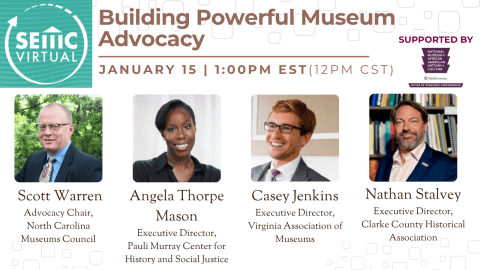
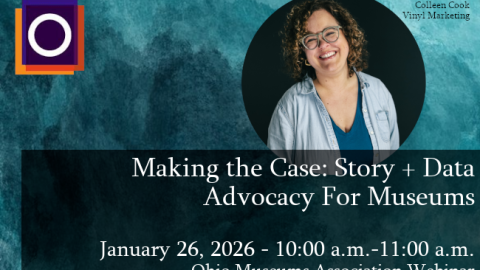
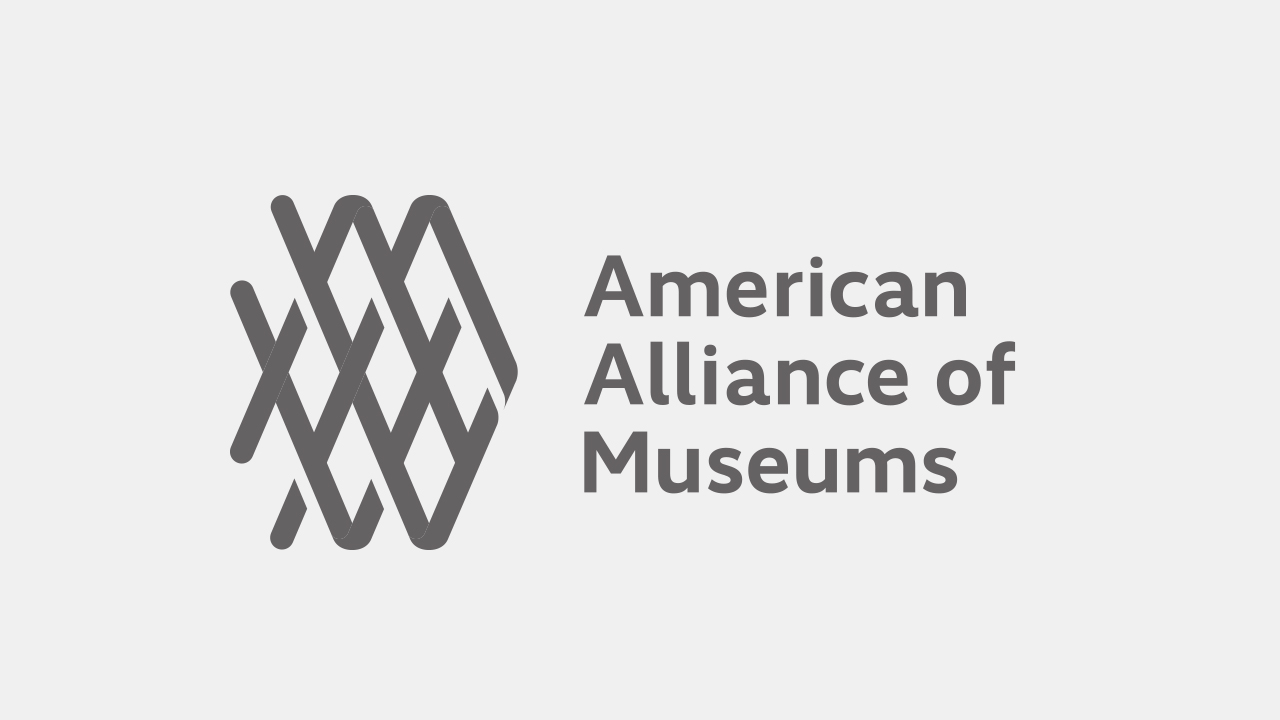
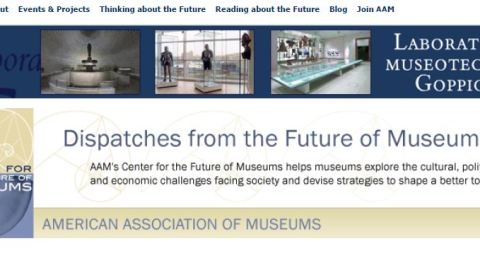
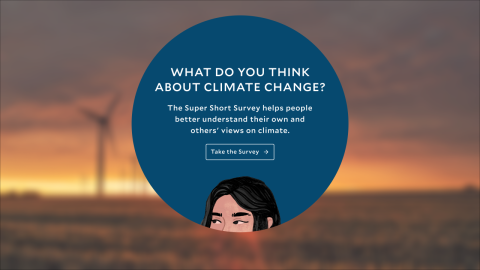
“And knowing that grants can be cancelled, project scopes rewritten, funds clawed back, and that funding can tied to compliance with presidential priorities, will nonprofits in general, including museums, ever be able to trust federal funding again?”
This is an important question, Elizabeth. It fits within the broader question of whether or not the world will trust the United States going forward in any capacity, from trade relations to strategic alliances. Electing Trump once could be seen as a desperate mistake made by an ill-informed populace. But to do it twice sends a different message.
While a majority of Americans did NOT elect Trump (either time), we have societal issues and structural political flaws that allowed for the possibility of his rise to power. Now that the world sees that our nation has a sanity switch that may end up in either the ON or the OFF position with each election, many – from governments to businesses to academic institutions – could certainly justify being wary of engaging with us. Some museums are more locally focused, but others depend on collaboration with people all around the world to facilitate their scientific research. Their faith in us as museum and academic professionals is generally strong, but that may not be the only factor in their decisions.